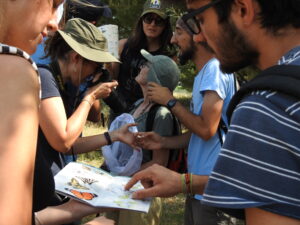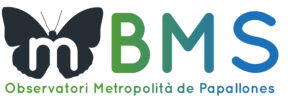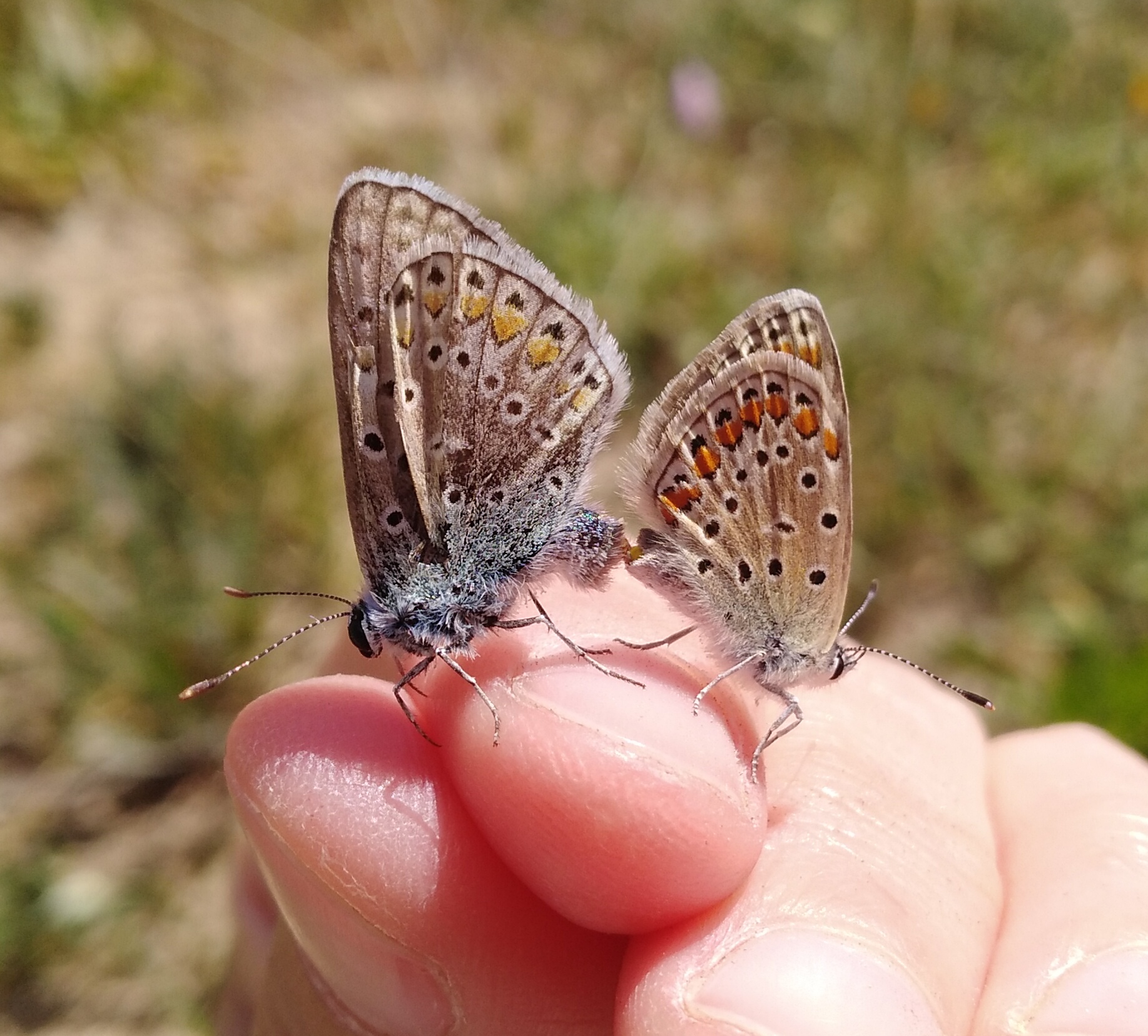Metropolitan Butterfly Observatory mBMS 2022: 22 parks and 4 beaches to choose from
The Metropolitan Butterfly Observatory mBMS (Metropolitan Butterfly Monitoring Scheme) is a citizen science project to study the butterflies that live in the Barcelona metropolitan area. The project is based on the participation of volunteers who visit one of the selected metropolitan parks and beaches twice a month. The objective of the visits is to identify and count the butterflies that are seen; In this way, data is obtained to analyze how the populations of these insects evolve and what management can do to favor them. Butterflies are bioindicators, which means that by studying them you can take the pulse of the environmental quality of the network of parks and beaches and thus have indicators that will serve as a guide to incorporate lines of work focused on conserving metropolitan biodiversity.
Five new Parks have been included in the mBMS in 2022: La Costeta Park (Begues), L’Ermita del Pla de Sant Joan Park (La Palma de Cervelló), Can Lluc Park (Santa Coloma de Cervelló), Can Rigal Park (Barcelona) and La Bastida Park (Santa Coloma de Gramenet). The project thus covers a total of 26 parks and beaches distributed among 13 municipalities in the metropolitan area. To continue furthering knowledge of butterflies, which are regularly used as bioindicators, the mBMS is looking to recruit volunteers willing to undergo training and commit to monitoring butterflies in a park or at a beach of their choosing. Anyone wishing to volunteer should fill in the registration form available on the project’s website.
In 2021, the 50 volunteers participating in the project spotted 2,205 butterflies of 40 different species (20 % of all the species present in Catalonia) for the set of 21 parks and beaches studied in 2021.

As far as the metropolitan area’s parks are concerned, the results of the mBMS are unequivocal: wildflower meadows that are rarely mown, never watered, and untreated with herbicides or plant-protection products have more diverse butterfly communities than traditional grass fields or watered lawns. With that in mind, the AMB has a policy of nurturing wildflower meadows wherever doing so is compatible with the public’s use of parks.
The project’s results also underline how important seaside dune and beach vegetation is to butterfly conservation in Barcelona’s metropolitan area. Its findings, like many other data, make it clear that these singular plant communities are among the area’s biodiversity hotspots and that we need to continue looking after and improving them, as the AMB has been doing for years.
The Metropolitan Butterfly Monitoring Scheme (mBMS) is run by the Barcelona Metropolitan Area administrative body (AMB), in cooperation with the Institute of Regional and Metropolitan Studies of Barcelona (IERMB) and CREAF ecology research centre, through a body that the three organizations established in 2018, the Metropolitan Laboratory of Ecology and Territory of Barcelona (LET).

Visit the mBMS website

